Modified bentonite is an important direction for industry upgrading
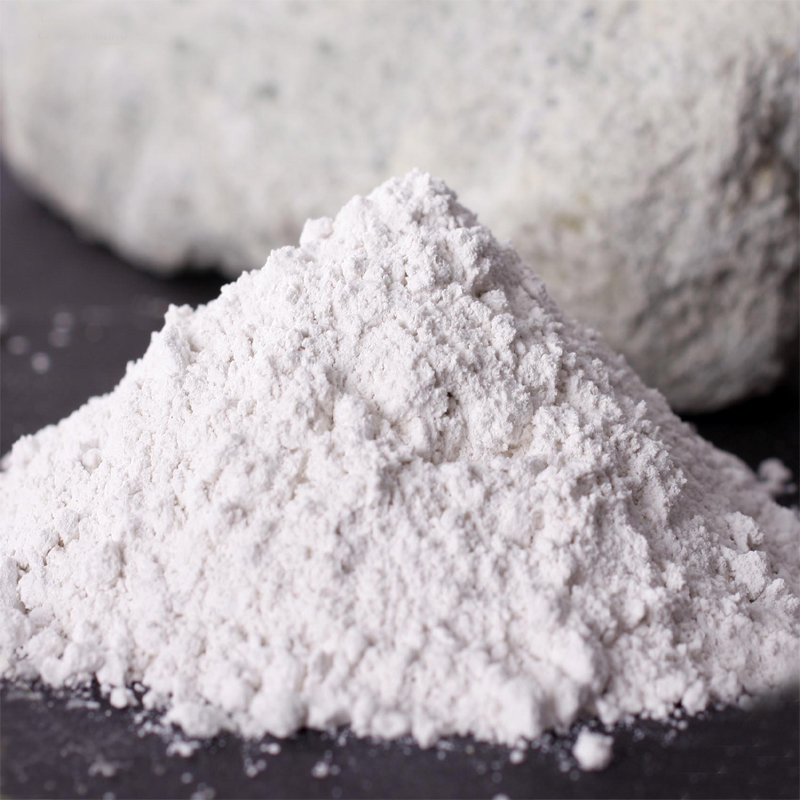
Bentonite is an important non-metallic mineral whose main component is montmorillonite, which has adsorption, expansion and pulping properties. With the continuous advancement of science and technology, the application field of bentonite has been continuously expanded, the market's requirements for its performance and quality have continued to increase, the technical research of bentonite has continued to deepen, and new processes have continued to emerge. Modified bentonite can improve the performance of traditional bentonite and enhance one aspect of its characteristics, which is an important direction for the diversified and high-end development of the bentonite industry.
Modified bentonite uses bentonite as raw material for performance improvement. Globally, bentonite resources are mainly distributed in China, the United States, Canada, Mexico, Brazil, India, Japan and other countries. China is rich in bentonite reserves, and its proven reserves are ranked first in the world. There are mineral deposits in most parts of the country, mainly in Xinjiang, Guangxi, Inner Mongolia and other places. In the past five years, our annual output of bentonite has been maintained at about 5.6 million tons, which is the largest bentonite producer in the world, providing sufficient raw materials for the development of my country's modified bentonite industry.
The common preparation methods of modified bentonite mainly include activation modification method and modifier modification method. The activation modification method also includes thermal activation method, acid activation method, hydrogen activation method, salt activation method, etc. The first two methods are widely used; the modifier modification method can use inorganic modifiers, organic modifiers, composite Modifier to modify. Modified bentonite can improve some of its properties, such as improving its adsorption, thereby improving its efficiency and application value, thereby expanding its application range and expanding its demand scale.
Modified bentonite can be widely used in papermaking, textile printing and dyeing, plastics, environmental protection and other fields. In the field of papermaking, modified bentonite with large specific surface area, excellent dispersibility, high whiteness and high purity can be used as a multifunctional white mineral filler for paper, and can reduce the water permeability of paper; in the field of textile printing and dyeing, modified bentonite It can be used to produce sizing and dyestuffs, and it can disperse, stabilize and bond during sizing and coloring, so as to improve the quality and production efficiency of sizing and dyeing. In the field of plastics, modified bentonite can be used as filler to modify resins. In the field of environmental protection, modified bentonite can be used for wastewater and waste gas treatment, adsorbing heavy metal ions, oil, tar and other pollutants.
There are a large number of bentonite production enterprises in my country, but most of them focus on the production of low-end products, the technical content and added value of the products are low, the competitiveness of enterprises is weak, and the profitability is limited. my country's bentonite industry is undergoing transformation and upgrading, and the market demand for high-performance bentonite continues to increase, and modified bentonite has a good development prospect.
Choose surface modifier, mainly look at these 3 aspects!
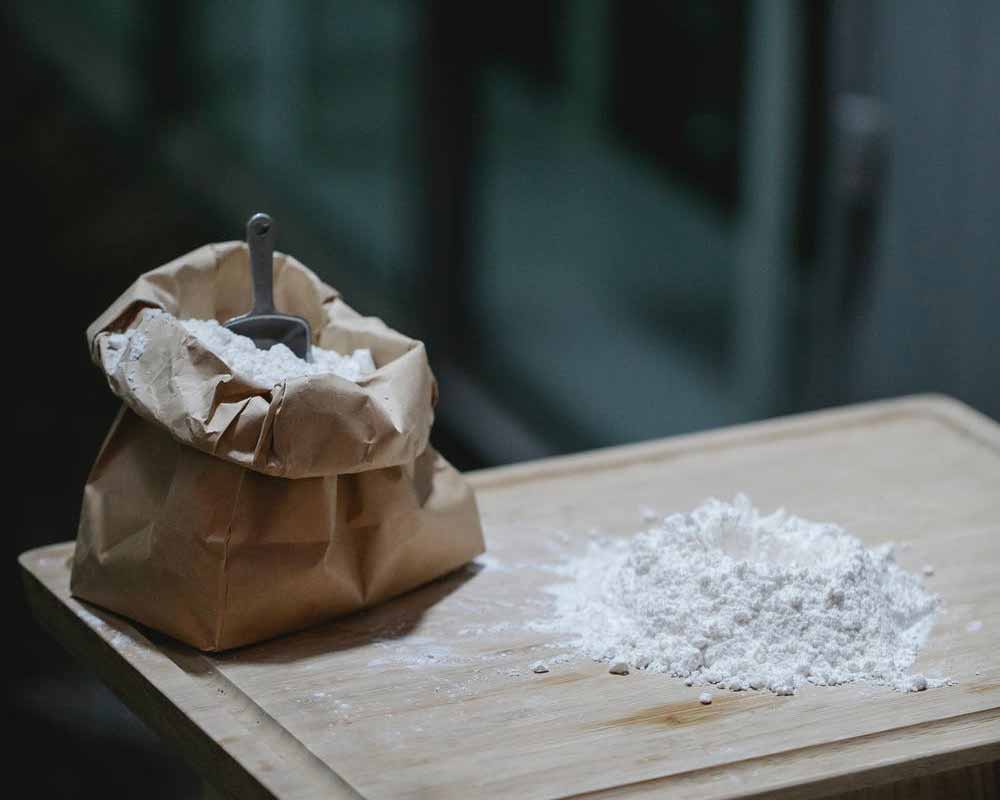
Modifiers are the key to achieve the intended purpose of powder surface modification, but there are many types and strong pertinence. From the point of view of the interaction between the surface modifier molecules and the surface of the inorganic powder, the surface modifier that can chemically react or chemically adsorb with the surface of the powder particles should be selected as much as possible, because the physical adsorption is strong in the subsequent application process. Easy to desorb under stirring or squeezing.
However, other factors must also be considered in the actual selection, such as product use, product quality standards or requirements, modification process, cost, environmental protection, etc.
Selection factor 1: The purpose of the product
This is the most important consideration in selecting the variety of surface modifiers, because different application fields have different technical requirements for powder application properties, such as surface wettability, dispersion, pH value, electrical properties, weather resistance, gloss, antibacterial properties This is one of the reasons for selecting the variety of surface modifiers according to the application.
Selection factor 2: Modification process
The modification process is also one of the important considerations in selecting the variety of surface modifiers. The current surface modification process mainly adopts dry method and wet method.
For the dry process, it is not necessary to consider its water solubility; but for the wet process, the water solubility of the surface modifier should be considered, because only water-soluble can fully contact and react with powder particles in a wet environment.
Selection factor 3: price and environmental factors
Finally, the selection of surface modifiers should also consider price and environmental factors. On the premise of meeting application performance requirements or application performance optimization, try to use cheaper surface modifiers to reduce the cost of surface modification. At the same time, attention should be paid to the selection of surface modifiers that do not pollute the environment.
Types And Processes Of Inorganic Coating Of Titanium Dioxide

In order to meet the requirements for the application performance of titanium dioxide in the actual industry, domestic and foreign scholars have carried out a large number of experimental studies on the inorganic coating of titanium dioxide. Among them, the titanium dioxide coating layer is mostly Al3+, Si4+, Zr4+, Be2+, Ti4+, Mg2+, Mn2+, Cr3+, Ce4+ and other hydrated oxides or hydroxides. In the current industrial production, Al3+, Si4+, Zr4+ are the most widely used.
Studies have shown that the application performance of titanium dioxide depends on the type of inorganic coating on its surface. The surface-coated alumina can be used to improve the dispersion stability in the aqueous system of the product, and the coated silica can be used to increase the weather resistance of titanium dioxide products. performance, the coated zirconium dioxide layer can be used to improve the light resistance of titanium dioxide. Coating a single type or multiple types of inorganic film layers on the surface of titanium dioxide can meet the application performance requirements of titanium dioxide in different application fields. According to the difference of coating composition, inorganic coating can be divided into unit inorganic coating and multi-component inorganic coating.
1. Alumina coating
Coating principle: When the surface of titanium dioxide is coated with alumina, hydrated alumina (Al2O3·nH2O) slowly forms a film on the surface of titanium dioxide particles to form a coating layer.
2. Silica coating
Coating principle: When amorphous hydrated silica is formed, sodium silicate acidifies and precipitates orthosilicic acid in the form of Si(OH)4. The solution only contains orthosilicic acid hydrolysis products H3SiO4- and H3SiO42-, and there is no metasilicon. acid ions. However, H3SiO4- and H3SiO42-monomers are extremely unstable, and the condensation and polymerization reactions proceed rapidly to generate condensed silicic acid with silicon-oxygen bonds.
3. Zirconium dioxide coating
When the titanium dioxide unit is coated with zirconium dioxide, the coating agents are mainly zirconium sulfate, zirconium tetrachloride, zirconium oxychloride and zirconium nitrate. Among them, zirconium sulfate and zirconium oxychloride have the advantages of low cost and less environmental pollution during use. , has been widely used in industry.
4. Silica-alumina composite coating
5. Zirconia-alumina composite coating
6. Ternary inorganic coating
Want to promote the application of degradable plastic products on a large scale? Filling modification is the key!
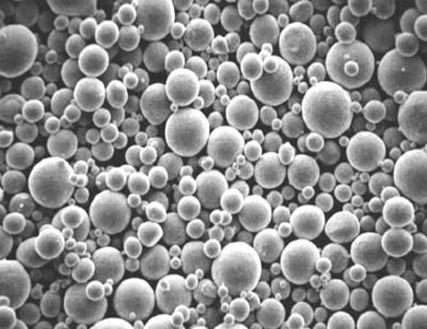
At present, there are dozens of degradable plastics developed around the world, of which the industrially-produced ones mainly include chemically synthesized PBAT, PLA, and PBS; Mixtures such as starch/PVA, starch/PBS, starch/PLA, etc.
At present, the price of degradable plastic resin is relatively high, and most of the degradable plastic products are ordinary daily necessities, which will seriously hinder the large-scale promotion and application of degradable plastic products. The development of cheap degradable plastic products is one of the core contents of the application of degradable plastics. Therefore, starch, calcium carbonate, talc, etc., which do not affect the degradation performance of products and can be absorbed by the environment, are used in the modification system of degradable plastics. In particular, the high proportion of filling technology has become one of the important technologies in the development of degradable plastic products.
Common modification techniques in the application process of degradable plastics include filling modification, alloying modification and copolymerization modification. Among them, filling modification is to add non-melting powder additives to the degradable plastic resin, mainly including starch and inorganic powder. Its main purpose is to prepare cheap special materials, and sometimes it can also improve the mechanical properties such as the strength of special materials.
A commonly used filler aid is starch. It is a common natural degradable polymer with a wide range of sources and low price. The degradation products are carbon dioxide and water, which do not pollute the environment, and it is a renewable biomass resource. The most important thing to pay attention to in this filling technology is the treatment of starch, because the compatibility of starch and degraded plastics is poor, and it is necessary to plasticize the starch so that the starch can be better combined with the plastic matrix.
With the introduction of national policies related to banning plastics, degradable plastics have ushered in the best period of development. In the past two years, a large number of enterprises in my country have entered the field of degradable plastics, and the production capacity of degradable plastics is rising rapidly, but the current production capacity cannot meet the huge market demand caused by the national plastic ban in the short term. It is expected that the next ten years will be the golden decade for the development of degradable plastics in my country.
Three typical processes and applicable objects of powder surface modification
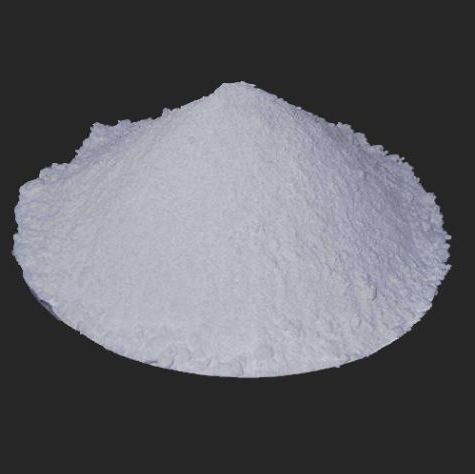
The surface modification process varies according to the surface modification method, equipment and powder preparation method. At present, the surface modification processes applied in industry mainly include three categories: dry process, wet process and composite process.
Dry Process
This is the most widely used non-metallic mineral powder surface modification process. Currently for non-metallic mineral fillers and pigments, such as ground calcium carbonate and light calcium carbonate, kaolin and calcined kaolin, talc, wollastonite, silica powder, glass beads, aluminum hydroxide and light magnesium oxide, clay, ceramic pigments etc., mostly using dry surface modification process. The reason is the simple dry process, flexible operation, less investment and good applicability of modifiers.
Wet Process
Compared with the dry process, it has the characteristics of good dispersion of the surface modifier and uniform surface coating, but requires subsequent dehydration (filtration and drying) operations. It is generally used for water-soluble or hydrolyzable organic surface modifiers and applications where the front stage is wet milling (including wet mechanical superfine grinding and chemical milling) and the latter stage needs to be dried, such as light calcium carbonate (especially Surface modification of nano-calcium carbonate), wet finely ground heavy calcium carbonate, ultra-fine aluminum hydroxide and magnesium hydroxide, ultra-fine silica, etc., this is because the slurry generated after the chemical reaction is not wet The surface modification of the method also needs to be filtered and dried, and the surface modification is carried out before the filtering and drying, which can also prevent the material from forming hard agglomeration after drying and improve its dispersibility.
Inorganic precipitation coating modification is also a wet modification process. It includes processes or processes such as pulping, hydrolysis, precipitation reaction and subsequent washing, dehydration, calcination or roasting.
Composite Process
Mechanochemical/chemical coating compound modification process
The process of adding surface modifiers in the process of mechanical force or fine grinding and ultra-fine grinding, and chemically coating the surface of the particles while reducing the particle size of the powder. The characteristic of this composite surface modification process is that it can simplify the process, and some surface modifiers also have a certain degree of grinding aid, which can improve the pulverization efficiency to a certain extent.
The disadvantage is that the temperature is not easy to control; in addition, since the particles are continuously crushed during the modification process, new surfaces are generated, and the particle coating is difficult to be uniform. The addition method of the surface modifier must be designed to ensure uniform coating and high In addition, if the heat dissipation of the crushing equipment is not good, the local excessive temperature rise during the action of strong mechanical force may decompose part of the surface modifier or destroy the molecular structure.
Inorganic precipitation reaction/chemical coating composite modification process
After the precipitation reaction modification, the surface chemical coating modification is carried out, which is essentially an inorganic/organic composite modification process. This composite modification process has been widely used in the surface modification of composite titanium dioxide, that is, on the basis of precipitation and coating of SiO2 or Al2O3 film, TiO2/SiO2 or Al2O3 is treated with titanate, silane and other organic surface modifiers. The surface of the composite particles is modified by organic coating.
Physical coating/chemical coating composite modification process
The process of organic chemical modification of the surface after physical coating of particles, such as metal coating or coating.
Five application fields and characteristics of wollastonite
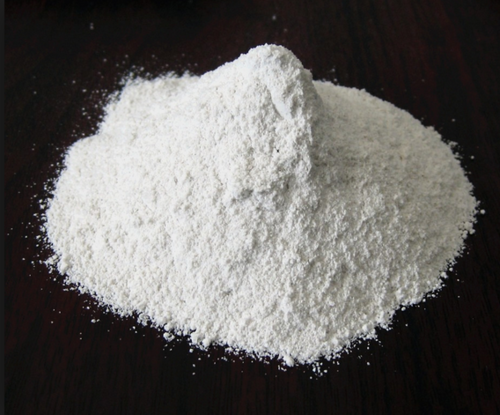
However, most of wollastonite are white, and very few are yellow, green, brown and other colors. Pure wollastonite is white or bright white with vitreous luster. The purity of wollastonite with the highest purity can reach 99%, and the reflectivity of wollastonite with a particle size of less than 44 μm can reach 92~96%, so it has high whiteness. . These valuable process characteristics are widely used in high-grade ceramic products, high-quality white paints or glossy coatings. The ultra-fine acicular wollastonite powder can replace other short-fiber mineral materials and synthetic crystals as functional reinforcing materials, and has extremely high application value in industry.
Ceramics
Wollastonite is widely used in the ceramic industry, accounting for about 50% of the total domestic use. In the ceramic industry, wollastonite is mainly used to produce art porcelain, sanitary porcelain, glazed tiles, electric porcelain, daily-use porcelain and chemical ceramics. Because the grade of wollastonite is usually about 80%, the whiteness of natural wollastonite is also very high, which is very suitable to replace the mixture of SiO2 and CaO in ceramic glaze, and use wollastonite as the mixture of ceramic glaze The fired ceramic has a very smooth and smooth glaze.
Rubber
The application research of wollastonite in the rubber industry has been carried out earlier in China. It can largely replace titanium dioxide, clay and lithopone in light-colored rubber, play a certain reinforcing role, and can improve the covering ability of white colorants. Play a whitening effect. After the organic modification of wollastonite, not only its surface has lipophilicity, but at the same time, due to the double bond in the molecule of sodium oleate of the treating agent, it can participate in vulcanization, enhance cross-linking, and the reinforcing effect is greatly improved.
In the coating industry, wollastonite powder can be used as an extender pigment to replace a certain amount of white pigments such as titanium dioxide, because wollastonite powder has high surface gloss, good waterproof and aggressiveness, and low cost, which can increase the coating film. thickness and adjust coating rheological properties.
Papermaking
The application of wollastonite in the paper industry is quite different from other fillers. It is not a simple filling like traditional fillers, but mainly relies on a higher aspect ratio to realize the interweaving of wollastonite and plant fibers to form plants. The mesh structure of fiber-mineral fiber can effectively improve the opacity and printing adaptability of the produced paper, improve the uniformity, and reduce the manufacturing cost to replace some short fibers of plants.
Plastic
In the plastics industry, wollastonite's high electrical resistance, low dielectric constant and low oil absorption make it a distinct advantage over other non-metallic mineral materials. The compatibility of the modified wollastonite with plastics is greatly improved, and the needle-like crystal shape that it maintains after crushing can improve the properties of plastics and ensure that the products have high thermal stability, low dielectric Electrical properties, low oil absorption and high mechanical strength, while reducing the cost of the product. Nylon is one of the largest markets for wollastonite applications. Wollastonite reinforced nylon 6 or nylon 66 after modification with silane coupling agent can improve bending strength and tensile strength, reduce moisture absorption rate and improve dimensional stability.
Why should silica be modified? What methods are there?
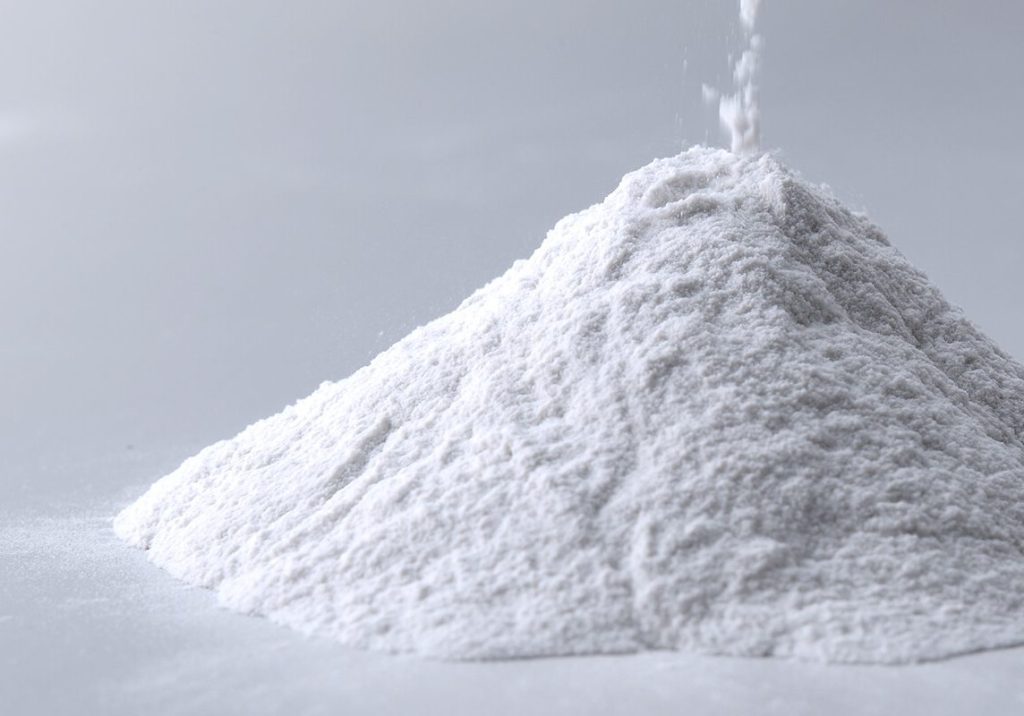
The surface layer of silica has a large number of hydroxyl groups, which interact with each other, thereby affecting the overall performance of the material. For example, silica agglomerates due to the hydrophilic nature of the surface hydroxyl groups. Because of this phenomenon, when the rubber composite material is subjected to a certain load, the relative friction force inside the material will increase, affecting the mechanical properties of the composite material.
Because of a large number of hydroxyl groups, which are alkaline, silica will also be weakly alkaline. When encountering some alkaline accelerators, it will react with them, which will cause some problems in the vulcanization process of rubber composites. Influence, will lead to a longer time for rubber vulcanization, which will produce a series of chain reactions, such as increasing internal friction, reducing crosslinking density and so on.
In traditional industrial and practical applications, it is divided into two types according to the properties of modifiers, namely organic and inorganic modification. Among them, the modification method of organic matter is widely accepted, which can be divided into three types according to the process method, dry method, wet method and autoclave method.
For the modifiers that have been determined, different modification methods can be matched to achieve different modification effects. There are many modification techniques, each with its own advantages and disadvantages.
One is to graft the surface of the silica particles to the polymer with similar properties, which is commonly known as the surface grafting modification method, which is suitable for grafting polymers with smaller molecular weights, but the conditions for grafting are also very strict;
The second is the modification method of silane coupling agent. In the preparation process, the functional group on the coupling agent reacts with the hydrophilic group of the particle, and on this basis, the material is modified;
The third is the method of ionic liquid modification. The silica is placed in the particle liquid to react with it to improve the dispersibility of the silica. Although this method has low pollution and is easy to operate, the modification effect is poor;
The fourth is macromolecular interface modification. This modification method has poor effect when used alone, but can cooperate with the coupling agent in a specific environment;
The fifth is to use the modification method in combination, that is, to combine a variety of modification methods, take advantage of their strengths and avoid their weaknesses, and integrate their respective advantages to improve the quality of modification. For example, the in-situ modification method first developed by Michelin, roughly realizes the process of adding silane coupling agent and silica and other substances to the rubber during mixing, and the two react under certain system conditions. There is some force between the coupling agent and the rubber mixture, which can not only destroy the aggregates of silica, but also hydrophobically modify the silica. However, this method requires a lot of energy and is difficult to control efficiently, so appropriate improvements should be made to avoid these defects. In addition, the remaining coupling agent is likely to remain in it, which affects the properties of the composite material.
There is also a dry modification technology similar to in-situ modification. The purpose is to obtain highly hydrophobic silica through the reaction of silane coupling agent and silica under high temperature conditions. However, in this process , also consumes a lot of energy.
At present, the wet modification technology is accepted, which requires the silane coupling agent to react with silica in a solution. This technology not only does not need to consume a lot of energy, but also is relatively controllable.
With the development of science and technology, polymer modification has become a new development trend. Because this new composite material combines the advantages of two or more materials, and has very superior bonding properties, and solves the problem of non-uniform expansion coefficients of the two experimental materials under high temperature and high pressure, it is a rubber composite material. The study of mechanical behavior has made a good foundation. As far as silicone rubber is concerned, the use of nano-calcium carbonate modified silica as a reinforcing agent can not only satisfy the reinforcement effect, but also improve the rheological properties of the silicone rubber, thus achieving the effect of improving the processing of molded products.
Whether the surface modification effect is good, look at these 10 indicators!
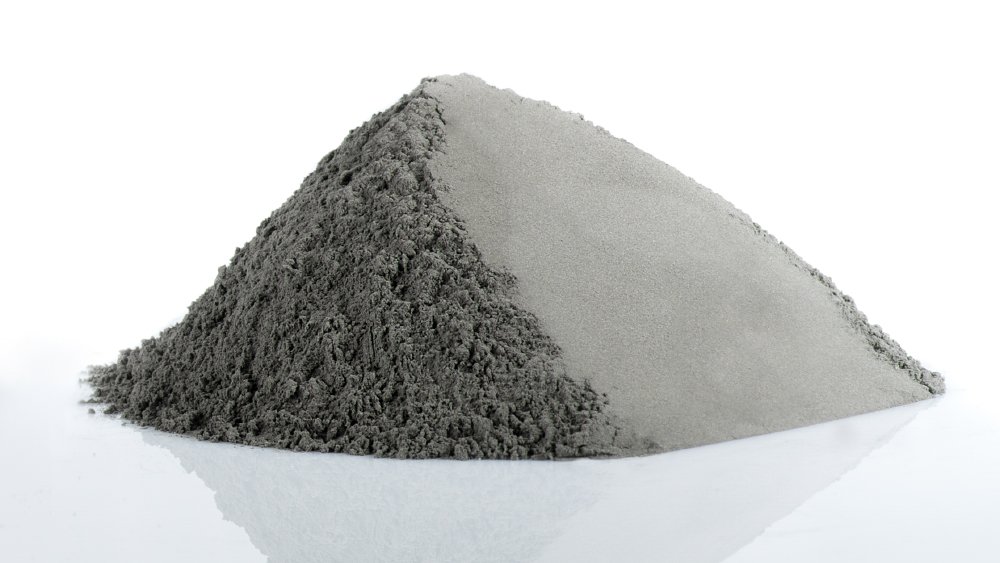
In the research and production of powder surface modification, what are the commonly used characterization methods of modification effect?
Wetting Contact Angle
Concept: Wetting contact angle is the main criterion for wettability. If an organic surface modifier is used to modify the surface of an inorganic filler, the more complete the coating of the modifier on the surface (the greater the coverage), the more likely the inorganic filler will be. The larger the wetting contact angle in water.
activation index
Concept: The surface of the inorganic powder after surface modification is non-polar. Due to the huge surface tension in water, it will float and not sink like an oil film. Therefore:
Activation index = mass of the floating part in the sample (g) / total mass of the sample (g)
For inorganic powders without surface activation (ie modification), the activation index = 0; when the activation treatment is the most thorough, the activation index = 1.0.
Oil absorption value
Concept: The oil absorption value is usually expressed by the mass of linseed oil required for a 100g sample. Most fillers use the oil absorption value to roughly predict the filler's demand for resin.
Dispersion stability in solution
Concept: It is characterized by measuring the change of turbidity, density, sedimentation amount, etc. at a certain position over time after dispersing and standing the particles. Generally speaking, the slower the change of turbidity, density, sedimentation amount, etc. The better the dispersion stability in solution.
Deposition time
Concept: Generally speaking, the better the dispersion, the slower the settling speed and the longer the settling time. Therefore, the settling time can be used to relatively compare or evaluate the surface modification effect of the powder.
Adsorption type
Concept: Adsorption types can be divided into physical adsorption and chemical adsorption. The surface modifier molecules chemically adsorbed on the surface of powder particles are stronger than physical adsorption, and are not easily desorbed when vigorously stirred or mixed or compounded with other components.
Coverage
Concept: The coating amount refers to the quality of the surface modifier adsorbed on the surface of a certain mass of powder. The coverage rate is the percentage of the surface modifier molecules covering the surface of the powder (particle) to the total surface area of the powder (particle).
Particle size distribution
Concept: The change in particle size and distribution of powder after surface modification can reflect whether the particles have agglomerated during the surface modification process, especially whether hard agglomeration has occurred.
Particle morphology
Concept: Direct observation of the morphology of the coating layer on the powder surface is valuable for evaluating the effect of powder surface modification.
Other
For other purposes of powder surface modification, such as imparting electrical, thermal, flame retardant, antibacterial, wave absorbing, adsorption and other functions or properties to the powder surface, corresponding performance testing, characterization and evaluation methods can also be adopted.
What is the appropriate fineness of talc for plastic reinforcement and modification?
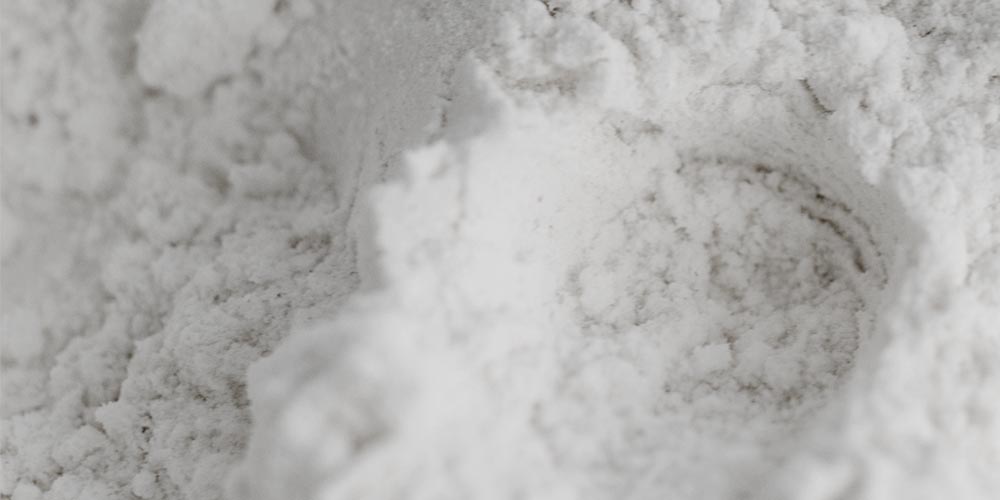
Plastic reinforcement modification is an important application field of talc, especially for polypropylene modification in the automotive and home appliance industries. Micronization is the development trend of talc products. The change trend of talc powder fineness (d50) used for enhancement and modification is as follows: in the 1980s, it was mainly 10-15µm, in the 1990s, it was mainly 8-10µm, and in 2000, it was mainly 5-10µm. , currently in the range of 3.5 to 7 µm.
Generally speaking, the finer the product, the better the enhancement effect, but the cost increases, at the same time, it is easy to agglomerate, and it is difficult to process and use. It is necessary to choose a product with an appropriate fineness according to its own level of dispersion technology and the expected performance of the product, and it is not necessarily the finer the better.
The evaluation of the particle size of a talc product cannot be based only on the average particle size d50. The average particle size does not characterize the particle size distribution of the product, nor does it characterize the maximum particle size. The evaluation requires at least two indicators, the average particle size d50 and the maximum particle size d98 (or d100). The size and amount of coarse particles have a significant adverse effect on the mechanical properties of the product and need to be strictly controlled.
Generally speaking, the finer the product, the better the enhancement effect, but the cost increases, at the same time, it is easy to agglomerate, and it is difficult to process and use. It is necessary to choose a product with an appropriate fineness according to its own level of dispersion technology and the expected performance of the product, and it is not necessarily the finer the better.
The evaluation of the particle size of a talc product cannot be based only on the average particle size d50. The average particle size does not characterize the particle size distribution of the product, nor does it characterize the maximum particle size. The evaluation requires at least two indicators, the average particle size d50 and the maximum particle size d98 (or d100). The size and amount of coarse particles have a significant adverse effect on the mechanical properties of the product and need to be strictly controlled.
Main applications and market prospects of nano calcium carbonate

The particle size of nano calcium carbonate is between 1~100nm, including ultrafine calcium carbonate (particle size 20~100nm) and ultrafine calcium carbonate (particle size 1~20nm). Compared with ordinary calcium carbonate, nano-calcium carbonate has obvious advantages in reinforcement, dispersibility, heat resistance and dimensional stability, making it one of the most widely used nano-filling materials. Therefore, the preparation, modification and industrial application of nano-calcium carbonate have also attracted more and more attention in the industry.
As a nano-scale filling modifier, nano-calcium carbonate has a very broad application prospect.
Plastic industry
The plastics industry is currently the industry that uses the most nano-calcium carbonate in the world. It can act as a regulator and enhancer for plastics, and the demand is very large. Due to the good dispersibility of nano-calcium carbonate, the voids and air bubbles in the plastic can be well removed, so that the plastic can shrink more uniformly and improve the mechanical properties and thermal stability of the plastic.
Rubber industry
The use of nano-calcium carbonate in rubber can improve the toughness, tensile resistance and resistance of rubber products. It can not only be used as an excellent functional material alone, but also can be mixed with filler materials such as titanium dioxide and silica to reduce the percentage of gum base in rubber products or replace some relatively expensive white fillers. At the same time, it can achieve the purpose of improving the performance of rubber products.
Paper industry
The development and use of nano-calcium carbonate in the paper industry can improve the whiteness and shading of paper, reduce the ratio of pulp in paper products, and greatly reduce the cost of paper production. At the same time, due to the addition of nanoparticles, the paper product is more flat and uniform.
Paint industry
The film-forming binders, fillers and other auxiliaries in the coating contain many reactive sites, which will interact with the reactive sites on the surface of the nano-calcium carbonate particles to form a stable and dense bonding layer, making the coating material. enhanced film performance.
In recent years, nanomaterials have widely appeared in people's production and life. Due to their excellent application performance brought about by their unique nanometer characteristics, they have attracted extensive attention of researchers. As a representative of nanomaterials, nano-calcium carbonate has been gradually developed and applied in various manufacturing industries with its filling properties. It is expected that the demand for nano-calcium carbonate will continue to rise in the next few years, and there will be a better market prospect. At the same time, due to the development of science and technology and the rise of living standards, the nano-calcium carbonate industry has been gradually upgraded and the process has been continuously improved. Nano-calcium carbonate will also be used in more emerging industries and has a very broad application prospect.


